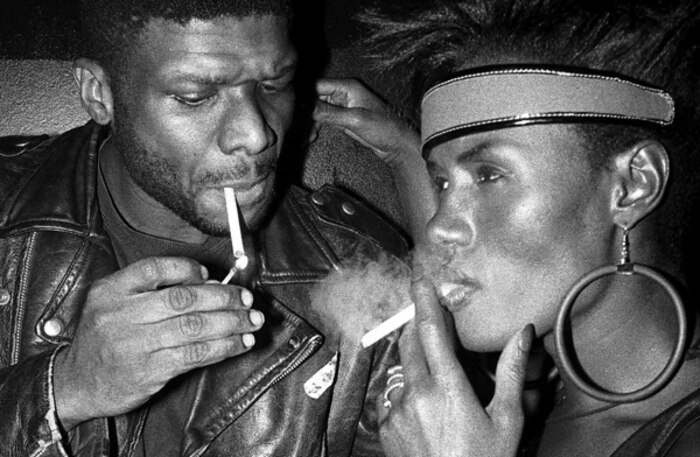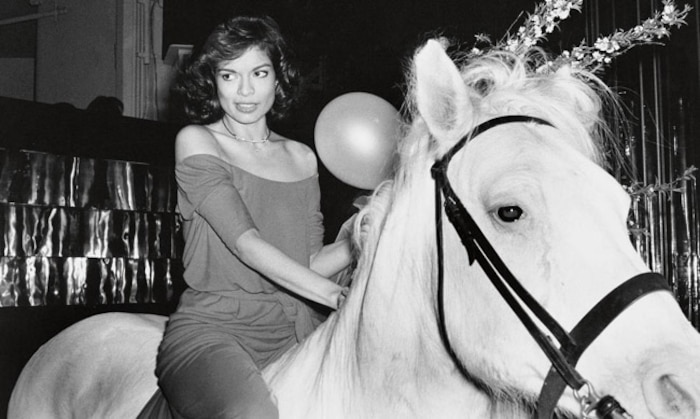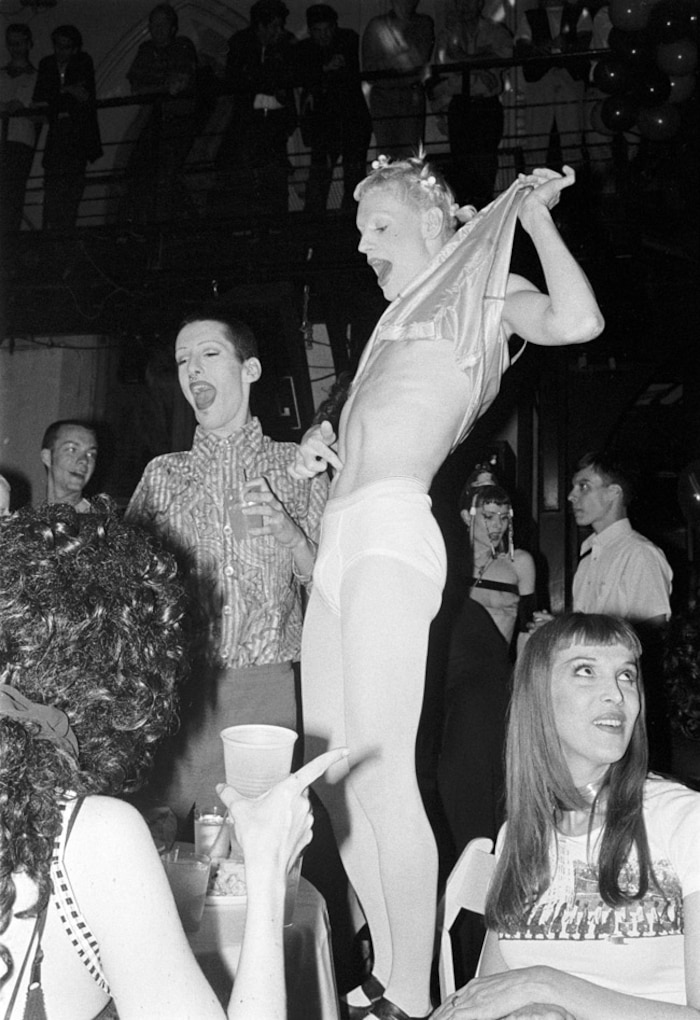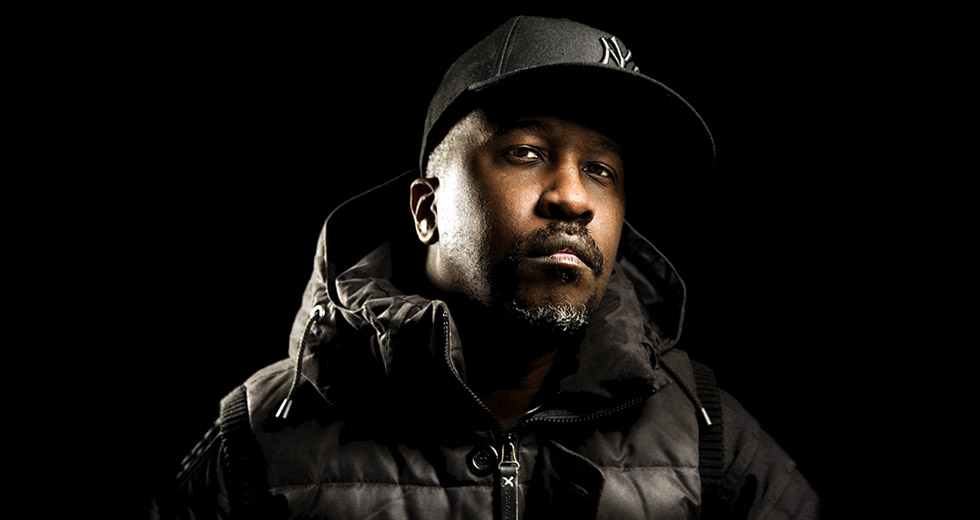Interview: Frank Owen
Born and raised in Manchester, England, Frank Owen was a rock critic and feature writer for Melody Maker in the ‘80s when he began to visit New York City on a regular basis. An unabashed fan of funk, soul and the emerging strains of hip hop and house music, Owen was a fearsome, funny, often chemically-driven presence in person and on the page. (He writes entertainingly, and a little harrowingly, about this in his second book, 2007’s No Speed Limit: The Highs and Lows of Meth.) He eventually came to New York and became an editor at Spin, making and remaking the magazine at the whim of its mercurial founder and editor, Bob Guccione, Jr. “The most disorganized place I’ve ever worked,” Owen recalled.
Owen was sniffing out stories and scenes early and often: seeing The Sex Pistols at 16, becoming a devotee of Larry Levan at The Paradise Garage, dancing to Frankie Knuckles at Chicago’s Warehouse and most famously, writing the definitive account of New York’s infamous club Limelight, 2003’s Clubland, detailing the rise and fall of the club’s impresario, Peter Gatien, and the murder of drug dealer and club kid Angel Melendez by Limelight promoter Michael Alig. Red Bull Music Academy’s Michaelangelo Matos spoke with Owen over the phone in January about New York club history, the late ’90s nightlife crackdown and why Alig is the new Charles Manson.
When did you move to New York?
I moved to New York in October 1987, the very same day there was a big stock market crash. I remember getting off the plane and getting a newspaper and thinking, “Oh, I guess I chose the wrong time to come.” [laughs] It was a huge crash. It was nothing like what we just went through now, but for a few years it was pretty bad.

You had been working at Melody Maker, right?
Yeah. I covered hip hop and house music, so I would come to America all the time on assignment. I would spend a couple weeks there interviewing people: “Please call tomorrow to interview Morrissey in Cleveland.” I was spending a lot of time in America – about six months of every year – and I met my future first wife at The Paradise Garage. So that’s why I came out.
I went to the final night [of The Garage]. That was funny, because you could not get anybody to go to The Garage in those days that wasn’t already part of that scene. I could not get anybody in England even interested in writing a story about it, which is ironic, because now there are stories all over the place. It was only after it closed that it assumed that kind of legendary significance. [They’d say], “What do you want to write about all these grungy Negroes in there?” It wasn’t the hip thing, The Garage. It was seen to represent an era that had long gone.
My first job when I came over here was throwing hip hop parties at The World – between B and C on Third Street. That’s where I met everybody who would subsequently be in Clubland: Steve Lewis, Michael Alig, Lady Bunny, Kenny Kenny. At the door I would let anybody in. I had trouble back then turning people away.
It was a disaster. People got shot. That was my brief career as a club promoter.
The World [had] hip hop parties on Sunday nights, upstairs. Our idea was to mix acid house and hip hop, but we stopped that after the first time some homeboy stuck a gun in the DJ’s face and told him if he played that crap again he’d shoot him. The whole thing ended when, about six months later, we threw a big party for Afrika Bambaataa and the Zulu Nation. It ended up in a huge fucking riot. People were going up and down the street, shooting each other. We basically all got fired because of that. It was a disaster. People got shot. [laughs] That was my brief career as a club promoter.
1987-88 was crazy. You’d go to shows, and you’d be dodging bullets all the time. People think it’s violent now, but it’s nowhere near as violent as it used to be. It was dangerous back in those days.
At Spin, writing the Singles column, you were sounding the horn about dance music. Did you go in there with that as a mission?
At the time that was definitely it. Nobody treated dance music seriously at all. Melody Maker was wall-to-wall rock ‘n’ roll when I arrived. It was only by a lot of fighting with editors – a lot of fighting – and by the fact that it soon became obvious, at least for a while, that it had legs. This was still, at this point, still singles music, 12-inch singles music. It was viewed as a fad. It was only when people started to see this was commercially viable that the fighting stopped.
I’m somebody who was actually a big proponent of [electronic music], and I kind of despise it now.
I had a lot of hopes for it, especially the stuff that was coming out of Detroit. When I first heard Derrick May, I was blown away by that stuff. But it’s how many decades later? I don’t really hear that much progression anymore. Having said that, do you know how much they fucking charge for those tickets as well? It’s like $100, $200. It’s a fortune to go to a rave these days; it’s unbelievable.
I’m in Miami Beach now. I am totally amazed by [the EDM boom], because rave, for a while, was dead. It really surprised me. Dance music is now what hip hop was ten years ago. It’s fucking nothing but – if you go to a college campus nowadays, that’s what they’re into. I’m somebody who was actually a big proponent of that stuff, and I kind of despise it now. There’s just too much of it. It’s a lot to do with where I live. You cannot go out in this town – to buy a pair of trousers, to have a meal, to sit at a pool – without hearing BOOM-BOOM-BOOM-BOOM. It’s everywhere. It’s become the world capital of bad techno music.

One reason dance clubs were dreary in New York for so long was bottle service.
That’s how they design clubs now. You talk to Steve Lewis about it and he’ll tell you: Over time, the way the space is used to allocate the dance floor has shrunk, and the space allocated to table service has grown. When that first started in New York, it was the whole lounge thing, [like] Spy. I hated those places. It wasn’t fun; it was just people sitting around and ogling models and drinking expensive liquor. I didn’t know it at the time, but that was the future of club culture.
There were about three lounges that started up, started doing bottle service. They were playing dance music, but people weren’t dancing to it. It attracted a lot of models. It was very white, though not exclusively by any means. It seemed to me really bourgeois, really boring. You know all that comes from the south of France, right? That’s where bottle service began. The whole thing there [is], you buy a bottle and you don’t drink it. They put it behind the bar with your name on it, and you get it the next time you come in. So it’s slightly different.
That’s reflected in the club ecosystem: The cool people stop going to clubs when the uncool people start to show up.
Right. What happened, I think, now the people who are the real celebrities in terms of [being] the center of attention in nightclubs are people who would have never gotten into Area, would never have gotten into Danceteria – probably they would have gotten into The Limelight. But the center has shifted so dramatically to these people, and catering to these people, and they’ve got money. So there’s no way we’ll go back to that other kind of nightlife now that the club owners have figured it out.
There’s always been a tension in club culture between exclusivity and inclusion. One of the nice things about the rave scene was that it was initially a reaction against that whole “We’re not going to let you in” [thing]. Studio 54 was the most famous for that – they would initially turn away celebrities. But that was a part of club culture for a long time. You remember the supper clubs of the ’50s – they were more picky. There’s lots of stories about people being turned away for all types of racial reasons, or sometimes for class reasons, from these clubs. So there’s always that kind of – especially in New York – that lowlife-meets-high-life; there’s always been that mixture of classes. Sometimes the energy is more with the more democratic form of club culture, the more inclusive form, and sometimes it’s with the more snootier, more exclusive form. But that’s played itself throughout the history of club culture.

Club culture in Manhattan was put in a bad place by the Giuliani administration, did it not?
I think it’s a mistake to think of clubs as this big thing for Giuliani. I don’t think he was out to get Peter Gatien. Peter presented himself as a convenient scapegoat. He didn’t mean to do that. But he did. Like the squeegee-man thing – it wasn’t that he got the squeegee-men off the street, or declared war on nightclubs. The squeegee-men and Peter Gatien presented convenient bogeymen. The whole campaign had much bigger targets.
Gatien made some dumb moves, and he did it in a very public way, and Giuliani pounced. He saw the opportunity. And with [journalist] Jack Newfield in tow, they turned Gatien into this evil monster who was destroying our kids. But I don’t think it was anything particularly personal. Gatien thought he was safe because he was bribing the [cops]. But he didn’t understand the ways in which the police department had changed – that there was zero tolerance for that sort of corruption. You couldn’t get away with it the way you could back in the ’80s – cops taking bribes.
He thought he was protected. He was giving money to Giuliani’s campaign. He was giving money to all the local politicians. Also, he wasn’t taking a cut from the drug dealing, so he thought he had plausible deniability. And he completely failed to see that things had changed – that this was a new regime; that the old ways weren’t going to work anymore. He did nothing that other club owners hadn’t been doing in this town for decades.
You covered Gatien extensively in Clubland. Did you cover nightlife much after that?
After Clubland I made a very conscious decision to move away from [writing about] clubs. The first thing I did after writing Clubland was a piece about the murder of Jam Master Jay. It wasn’t a music piece at all – it was about all the gangsters he knew. The second piece I wrote was a big, 9,000-word story about the murder of my brother-in-law in Detroit. I made a very conscious decision. I knew I just wanted to make a very, very clean break.
The thing that got me back into this stuff now, the truth is, [laughs] Facebook and the Limelight documentary – the incredible resurgence of interest. That died for a while, four-five years after Clubland came out. Then the next year it started to pick up again. Now it’s this whole new generation of club-going kids who idolize the Limelight, the way a previous generation idolized Studio 54.
Michael Alig has become the Charlie Manson of club culture. I get all these letters from these 18-, 19-year old Twinkies about how they want to party with Michael Alig. And you know what? I understand that. Because take away the killing – even though it wasn’t my favorite time in nightlife, it was a very creative period. These people made their own clothes – they didn’t go to fucking H&M to buy some cheap slacks. Even the invitations in those days were works of art. The smallest detail was important. Compared to how club culture is now, I can see why they look back even if they were too young to go there: “Wow, that must have been amazing. That must have been incredible. We don’t have anything like that.”
Frankly, I thought, what, ten years later, I wouldn’t really give a fuck about the Limelight. I thought it’d be a bunch of old codgers sitting around: “Do you remember the days when we used to party at the Limelight? What’s it like today?” I thought it’d be a nostalgic thing among people who went there. It’s all these new kids now, too young to have gone there, completely fascinated by the Limelight. That’s why Michael Alig is still [famous]. Who the fuck would have thought?
Header image: Peter Gatien and Michael Alig by Tina Paul
Header image © Tina Paul of Peter Gatien and Michael Alig
